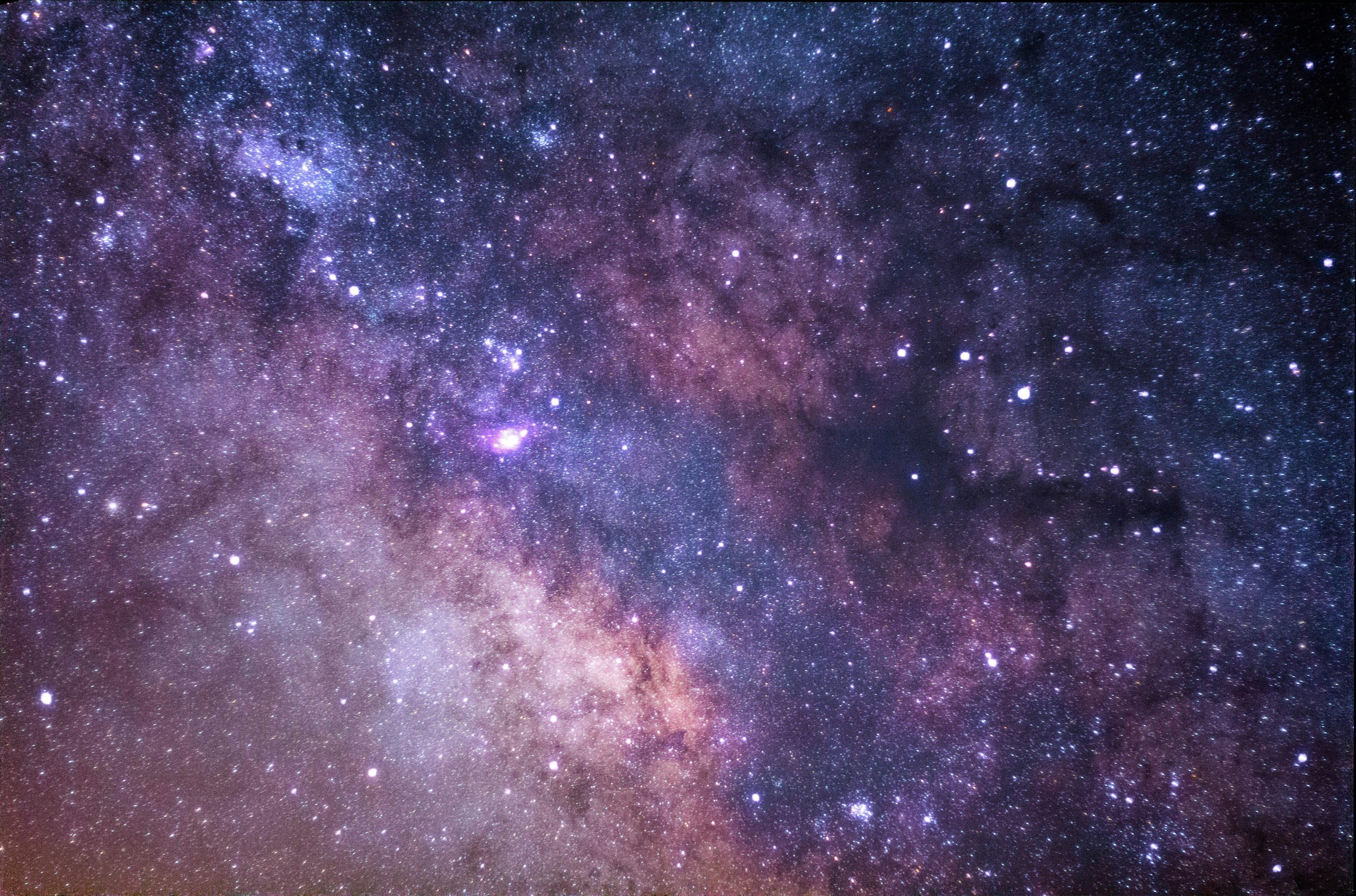Mesopotamian Gods and Goddesses: Myths and Worship

Before diving in, please note: This post is for informational purposes only. If you’d like to know more about how we approach topics, feel free to check out our friendly Disclaimer Page.
Hey there, amazing readers! 🖐️ Just a quick note: yes, we know there are a lot of ads here. Trust us, we get it—it’s not the prettiest look, but they help us keep this blog alive and kicking. Those pesky little ads cover the costs of all the behind-the-scenes magic, from hosting and tech stuff to creating content we hope you’ll love.
We’re committed to delivering quality posts, and your support (even just sticking around despite the ads) means everything to us. So, bear with us, and thanks for helping us keep the good vibes rolling. Now, on to the fun stuff! 😉
TRANSLATE BUTTON AT THE END OF THE ARTICLE
Introduction to Mesopotamian Gods and Goddesses
Mesopotamian Gods and Goddesses were an integral part of the ancient Mesopotamian civilization, which thrived in the region known as the Fertile Crescent, encompassing modern-day Iraq, Syria, and parts of Turkey and Iran.
The Mesopotamians believed in a complex pantheon of deities that governed various aspects of life, from the natural world to human affairs.
These gods and goddesses were revered, feared, and worshipped through elaborate rituals and ceremonies.
Understanding the myths and worship of Mesopotamian deities provides valuable insights into the religious beliefs and cultural practices of one of the world’s oldest civilizations.
Origins and Importance of Mesopotamian Deities
The origins of Mesopotamian deities can be traced back to the Sumerians, who inhabited the southern region of Mesopotamia around 4500 BCE.
As the civilization expanded and evolved, so did its pantheon of gods and goddesses.
These deities played a crucial role in Mesopotamian society, serving as intermediaries between humans and the divine.
They were believed to control natural phenomena such as the weather, fertility, and the cycles of the seasons.
The importance of these deities was reflected in the elaborate temples and rituals dedicated to their worship, demonstrating the central role of religion in ancient Mesopotamian life.
Pantheon of Mesopotamian Gods and Goddesses
The Mesopotamian pantheon was vast and diverse, with numerous gods and goddesses overseeing different aspects of the cosmos.
Some of the most prominent deities included Anu, the god of the heavens; Enlil, the god of wind and storms; and Inanna, the goddess of love and war.
Each deity had specific attributes and powers, and worshippers would appeal to different gods depending on their needs and desires.
The pantheon was organized hierarchically, with certain gods holding more power and influence than others.
This complex system of deities reflected the Mesopotamians’ belief in a structured and ordered universe governed by divine forces.
Mesopotamian Creation Myths and Deities
Mesopotamian mythology was rich with creation myths that explained the origins of the world and humanity.
One of the most famous stories is the Enuma Elish, which describes how the god Marduk defeated the chaotic sea goddess Tiamat and created the world from her body.
Other myths involved the gods Enki and Ninhursag shaping humans out of clay and blood to serve as their helpers.
These creation myths served to explain the natural world and human existence, while also emphasizing the power and authority of the gods in Mesopotamian cosmology.
Religious Practices and Worship in Mesopotamia
Religious practices in Mesopotamia were elaborate and highly ritualized, involving priestly classes, sacred texts, and sacred spaces such as temples and ziggurats.
Worshipers would make offerings of food, drink, and incense to the gods, seeking their favor and protection.
Rituals often included prayers, hymns, and sacrifices to appease the deities and ensure the well-being of the community.
Festivals and ceremonies were held throughout the year to honor specific gods and goddesses, marking important agricultural seasons and celestial events.
Religion permeated all aspects of Mesopotamian life, shaping social norms, political structures, and cultural practices.
Role of Gods and Goddesses in Mesopotamian Society
Mesopotamian gods and goddesses played a central role in shaping the social and political structures of the civilization.
The king was often seen as the intermediary between the gods and the people, ruling by divine right and receiving guidance from the deities through omens and oracles.
Priests and priestesses held significant power and influence as the religious elite, overseeing the rituals and ceremonies dedicated to the gods.
The belief in divine justice and retribution underpinned Mesopotamian law and morality, with the gods serving as ultimate judges of human behavior.
The influence of deities extended to every aspect of society, from agriculture and trade to warfare and diplomacy.
Mesopotamian Deities in Art and Literature
Mesopotamian gods and goddesses were a popular subject in art and literature, depicted in sculptures, reliefs, and clay tablets.
These artistic representations served as a means of honoring and venerating the deities, as well as conveying their attributes and stories to the wider population.
The Epic of Gilgamesh, one of the earliest known works of literature, features interactions between human heroes and divine figures, showcasing the influence of gods and goddesses on mortal affairs.
Temples and palaces were adorned with images of the gods, symbolizing their presence and protection in the physical world.
Artistic portrayals of deities reflected the Mesopotamians’ reverence for the divine and their belief in the interconnectedness of the spiritual and material realms.
War and Love Deities in Mesopotamian Mythology
War and love were central themes in Mesopotamian mythology, with deities such as Ishtar and Nergal embodying these opposing forces.
Ishtar, the goddess of love and fertility, was also associated with war and violence, symbolizing the dual nature of human desires.
Nergal, the god of war and death, represented the destructive power of conflict and the inevitability of mortality.
These deities were invoked in times of battle and strife, seeking protection and victory on the battlefield.
The myths surrounding war and love deities reflected the Mesopotamians’ understanding of the complexities of human emotions and relationships, as well as the ever-present threat of violence and conflict in ancient times.
Agricultural Gods and Goddesses in Mesopotamia
Agriculture was the foundation of Mesopotamian society, and gods and goddesses associated with fertility and the harvest played a crucial role in ensuring the success of crops and livestock.
Deities like Enlil, Dumuzid, and Nisaba were revered for their ability to bring bountiful harvests and prosperity to the land.
Farmers and pastoralists would offer prayers and sacrifices to these agricultural gods, asking for their blessing and protection against droughts, pests, and other threats to their livelihoods.
Festivals celebrating the planting and harvesting seasons were held in honor of these deities, marking the cyclical nature of agricultural life in Mesopotamia.
The close relationship between humans and agricultural deities underscored the importance of the natural world in sustaining the civilization.
Mesopotamian Gods and Goddesses of the Underworld
The Mesopotamians believed in a complex cosmology that included deities ruling over the underworld, where the souls of the dead resided after their earthly lives.
Deities like Ereshkigal, Nergal, and Namtar were associated with death, disease, and the afterlife, presiding over the realm of the dead with power and authority.
The underworld was seen as a shadowy mirror of the living world, with its own rules and hierarchies governed by the gods of death.
Rituals and offerings were made to these underworld deities to ensure the safe passage of the deceased to the afterlife and to protect the living from malevolent spirits and curses.
The belief in an afterlife underpinned Mesopotamian funerary practices and shaped their views on mortality and the divine realm.
Influence of Mesopotamian Deities on Other Cultures
The myths and religious practices of Mesopotamian gods and goddesses had a profound influence on neighboring cultures and civilizations, spreading through trade, conquest, and cultural exchange.
The Babylonians, Assyrians, and Persians all inherited aspects of Mesopotamian religion, adapting and integrating them into their own belief systems.
Deities like Ishtar, Marduk, and Gilgamesh became pan-Mesopotamian figures, revered across different regions and languages.
The concept of a divine pantheon ruling over the cosmos and influencing human affairs resonated with other ancient societies, shaping their religious worldviews and cultural practices.
The legacy of Mesopotamian deities can be seen in the myths, rituals, and iconography of later civilizations, demonstrating the enduring impact of ancient Mesopotamia on the religious traditions of the Near East.
Legacy of Mesopotamian Gods and Goddesses Today
The legacy of Mesopotamian gods and goddesses continues to resonate in modern culture, with echoes of their myths and symbols found in art, literature, and popular culture.
The Epic of Gilgamesh remains a foundational work of world literature, inspiring countless adaptations and interpretations in various media.
The winged bull and lion-dragon motifs from Mesopotamian art have been reinterpreted in contemporary design and architecture, symbolizing strength and protection.
The enduring themes of love, war, and the afterlife explored in Mesopotamian mythology continue to captivate audiences around the world, offering insights into the timeless questions of human existence.
By preserving and celebrating the myths and worship of Mesopotamian deities, we honor the cultural heritage of one of the world’s oldest civilizations and recognize the enduring power of their divine stories.
Conclusion
Mesopotamian Gods and Goddesses played a central role in shaping the beliefs, rituals, and cultural practices of one of the world’s earliest civilizations.
From the creation myths to the underworld deities, these divine figures influenced every aspect of ancient Mesopotamian life, reflecting the interconnectedness of the spiritual and material realms.
The legacy of Mesopotamian deities can be seen in the enduring influence of their myths and symbols on modern culture, reminding us of the rich heritage and profound insights of this ancient civilization.
By exploring the myths and worship of Mesopotamian gods and goddesses, we gain a deeper understanding of the religious traditions and cultural values that underpinned one of the cradles of human civilization.

The Enlightenment Journey is a remarkable collection of writings authored by a distinguished group of experts in the fields of spirituality, new age, and esoteric knowledge.
This anthology features a diverse assembly of well-experienced authors who bring their profound insights and credible perspectives to the forefront.
Each contributor possesses a wealth of knowledge and wisdom, making them authorities in their respective domains.
Together, they offer readers a transformative journey into the realms of spiritual growth, self-discovery, and esoteric enlightenment.
The Enlightenment Journey is a testament to the collective expertise of these luminaries, providing readers with a rich tapestry of ideas and information to illuminate their spiritual path.
Our Diverse Expertise 🌟
While our primary focus is on spirituality and esotericism, we are equally passionate about exploring a wide range of other topics and niches 🌍📚. Our experienced team is dedicated to delivering high-quality, informative content across various subjects ✨.
To ensure we provide the most accurate and valuable insights, we collaborate with trusted experts in their respective domains 🧑🏫👩🏫. This allows us to offer well-rounded perspectives and knowledge to our readers.
Our blog originally focused on spirituality and metaphysics, but we’ve since expanded to cover a wide range of niches. Don’t worry—we continue to publish a lot of articles on spirituality! Frequently visit our blog to explore our diverse content and stay tuned for more insightful reads.





